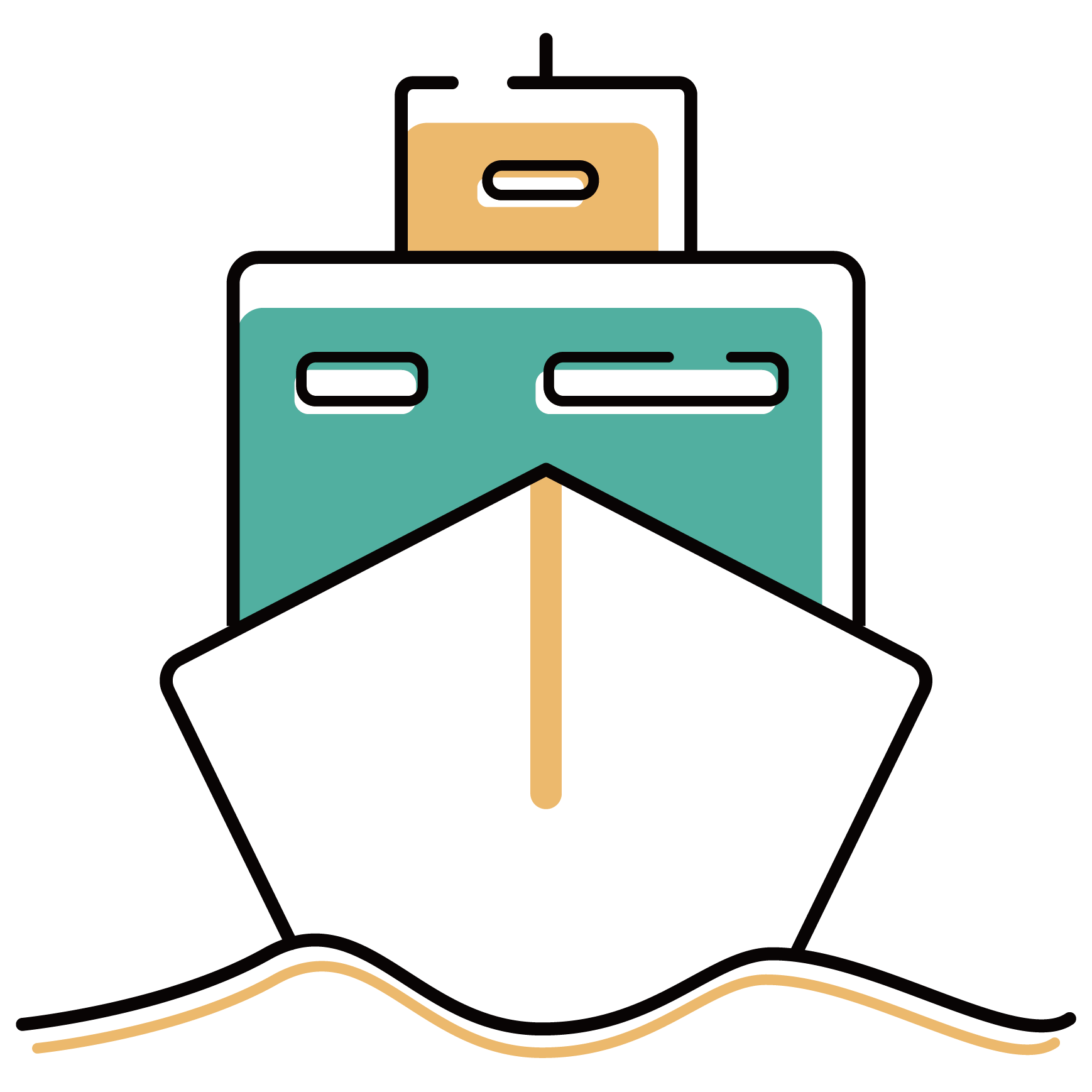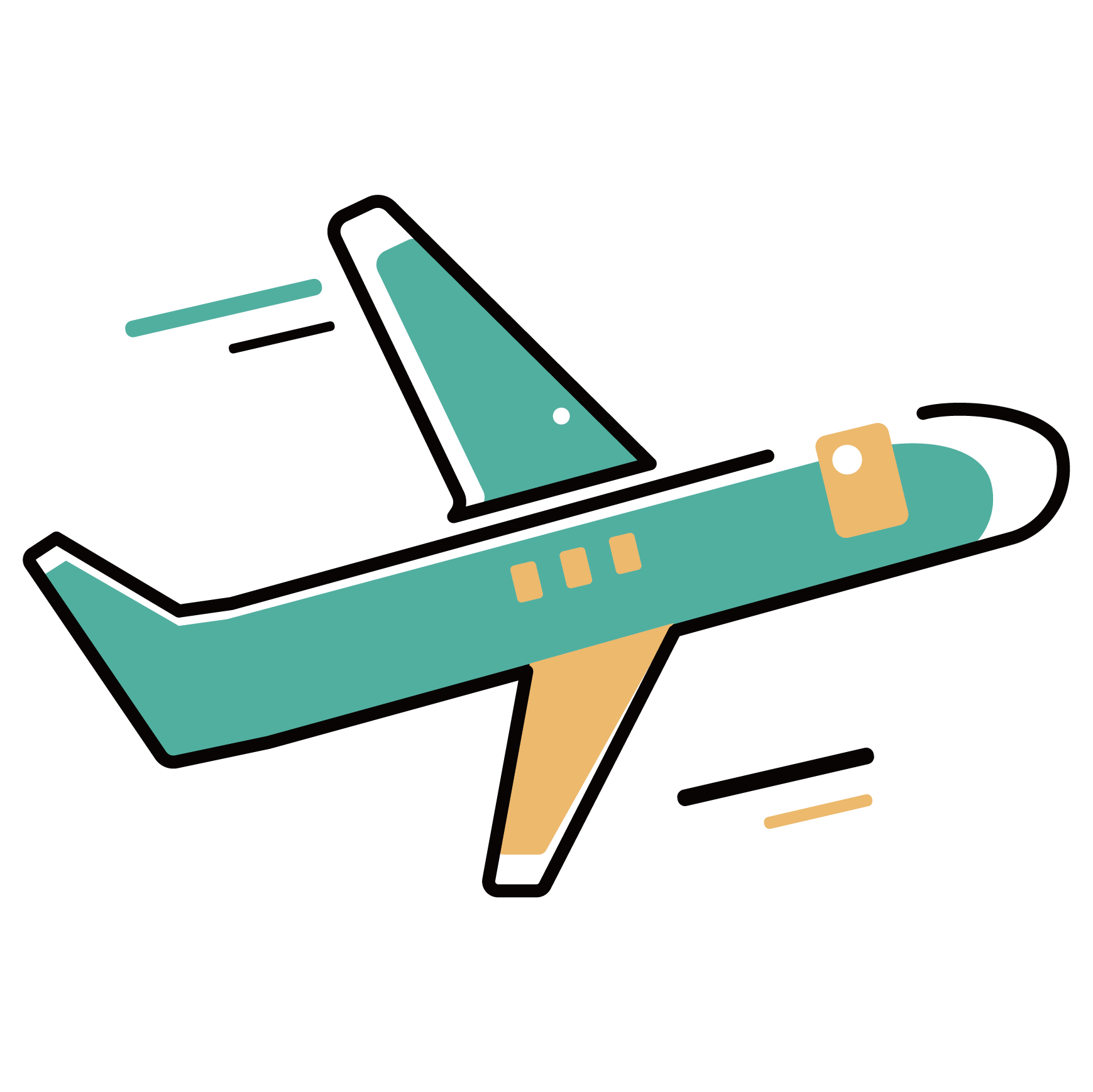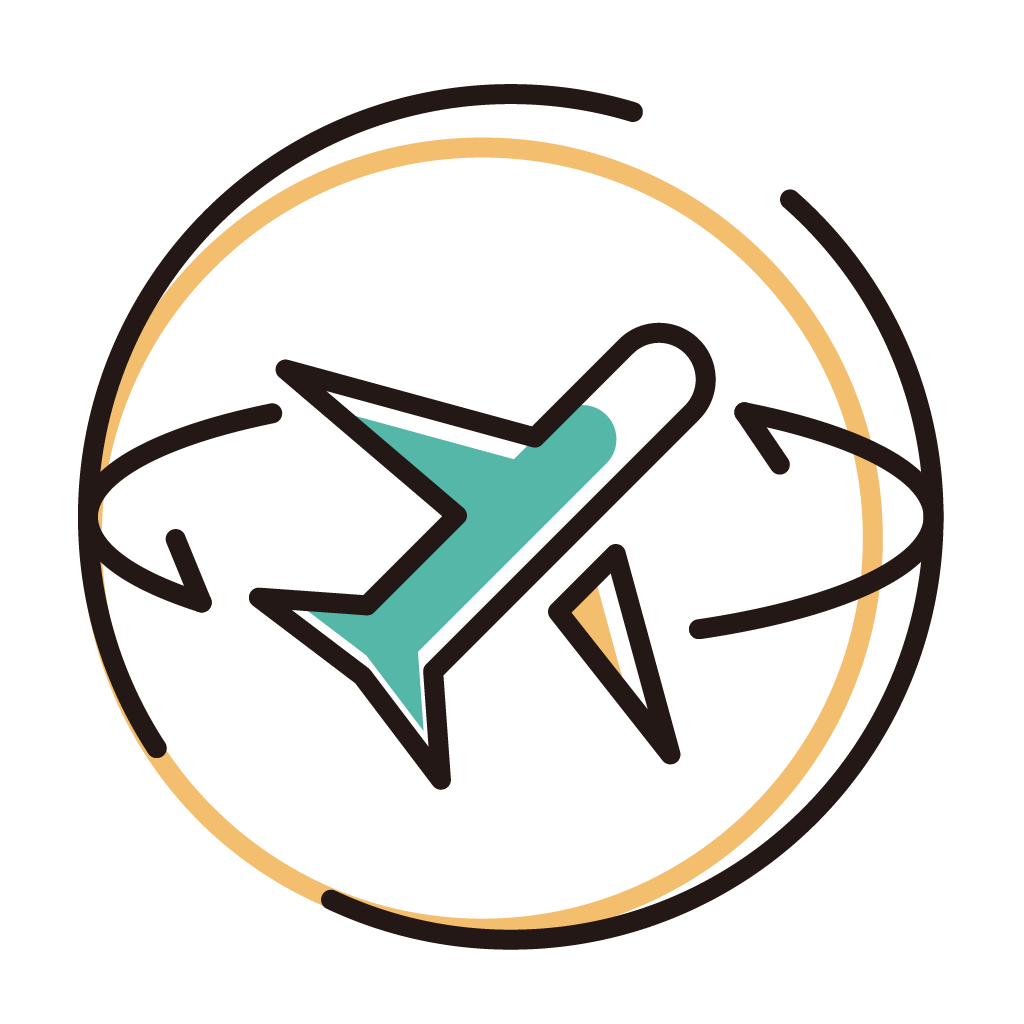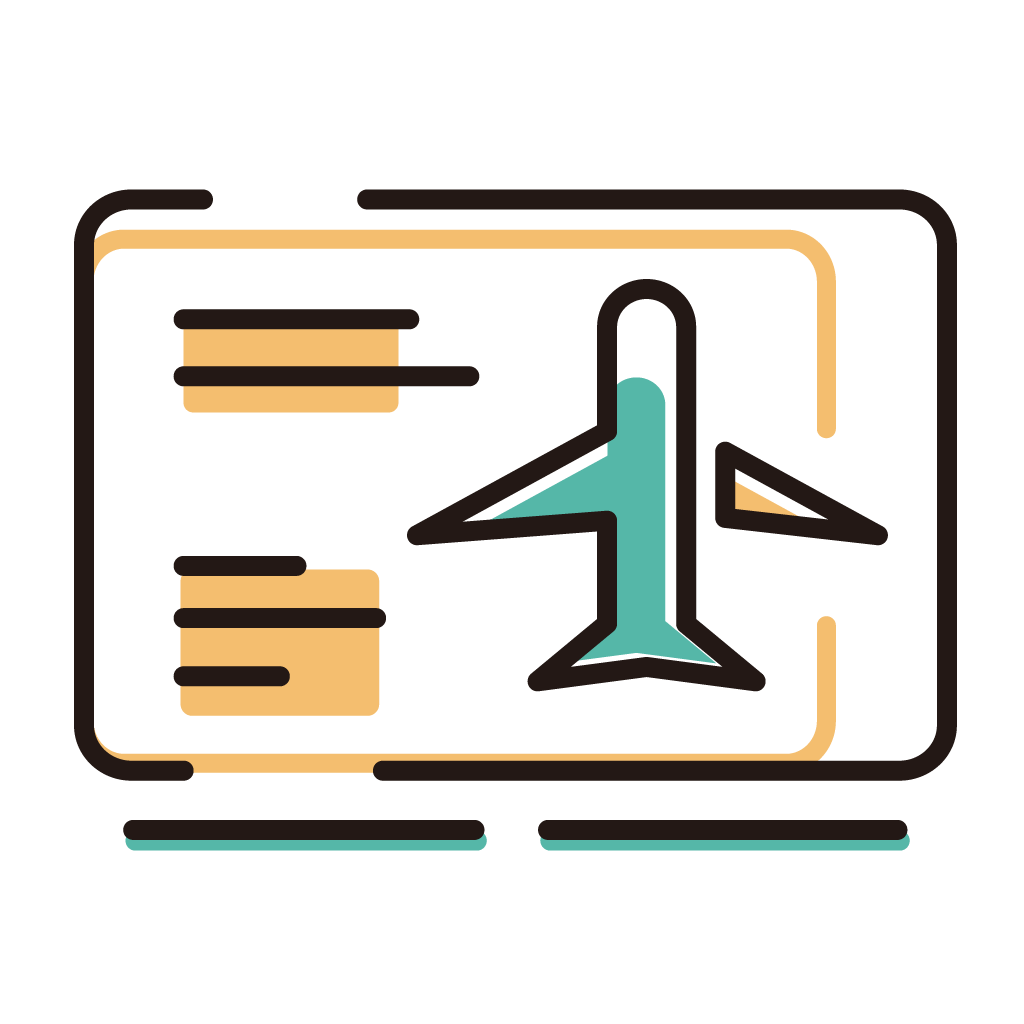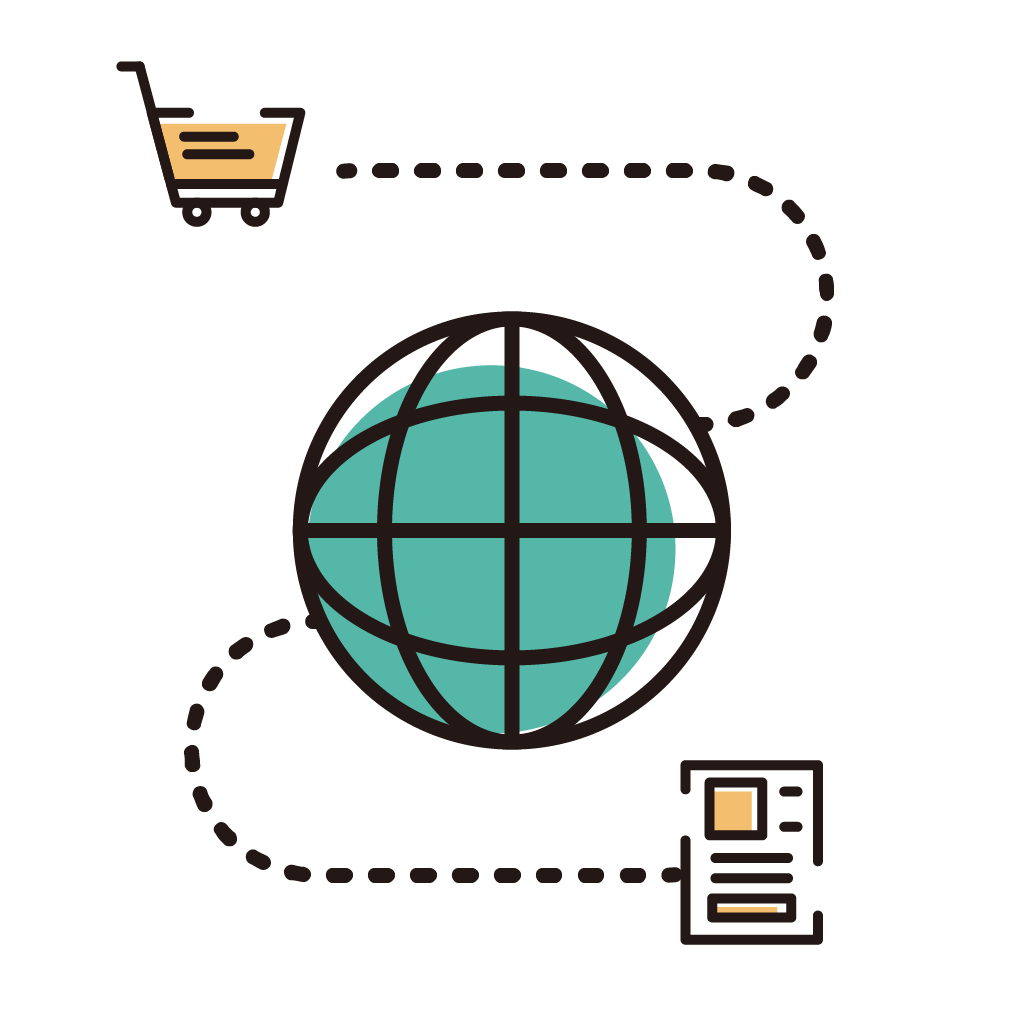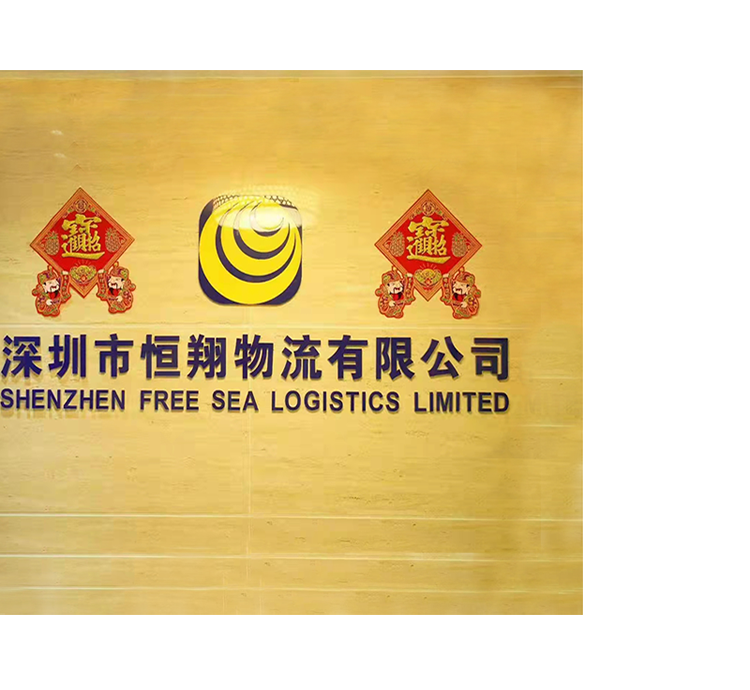Global trade has grown increasingly complex, driven by diverse markets, fluctuating demands, and evolving consumer expectations. Businesses today require not only speed but also cost efficiency, reliability, and flexibility when transporting goods internationally. For companies engaged in cross-border commerce, choosing the right transportation mix is a critical success factor.
In this context, freight forwarder transportation plays an indispensable role. By leveraging multimodal strategies that combine sea, air, rail, and road, freight forwarders maximize efficiency and minimize disruptions. This article explores how the optimal integration of multiple transport modes creates resilient and cost-effective supply chains, highlights technological innovations, and examines how FreeSea enables businesses to compete globally.
I. The Rising Importance of Multimodal Transport
International logistics no longer relies on a single transportation method. Instead, businesses increasingly adopt multimodal solutions that integrate sea, air, rail, and road networks.
1. Meeting Evolving Market Demands
Modern supply chains must adapt to unpredictable demands. Seasonal peaks, e-commerce expansion, and geopolitical disruptions require agile responses. A robust freight forwarder transportation strategy integrates various modes to balance speed and cost while maintaining reliability.
2. Optimizing Cost-to-Speed Ratios
Each transportation mode has distinct advantages. Sea freight offers cost efficiency for bulk goods, while air freight ensures rapid delivery for time-sensitive shipments. By blending these solutions strategically, companies achieve optimal transit times without overspending.
3. Strengthening Supply Chain Resilience
Global trade disruptions—ranging from port congestion to geopolitical restrictions—highlight the need for diversified transport strategies. Multimodal logistics enables rerouting flexibility, reducing risks caused by dependence on a single pathway.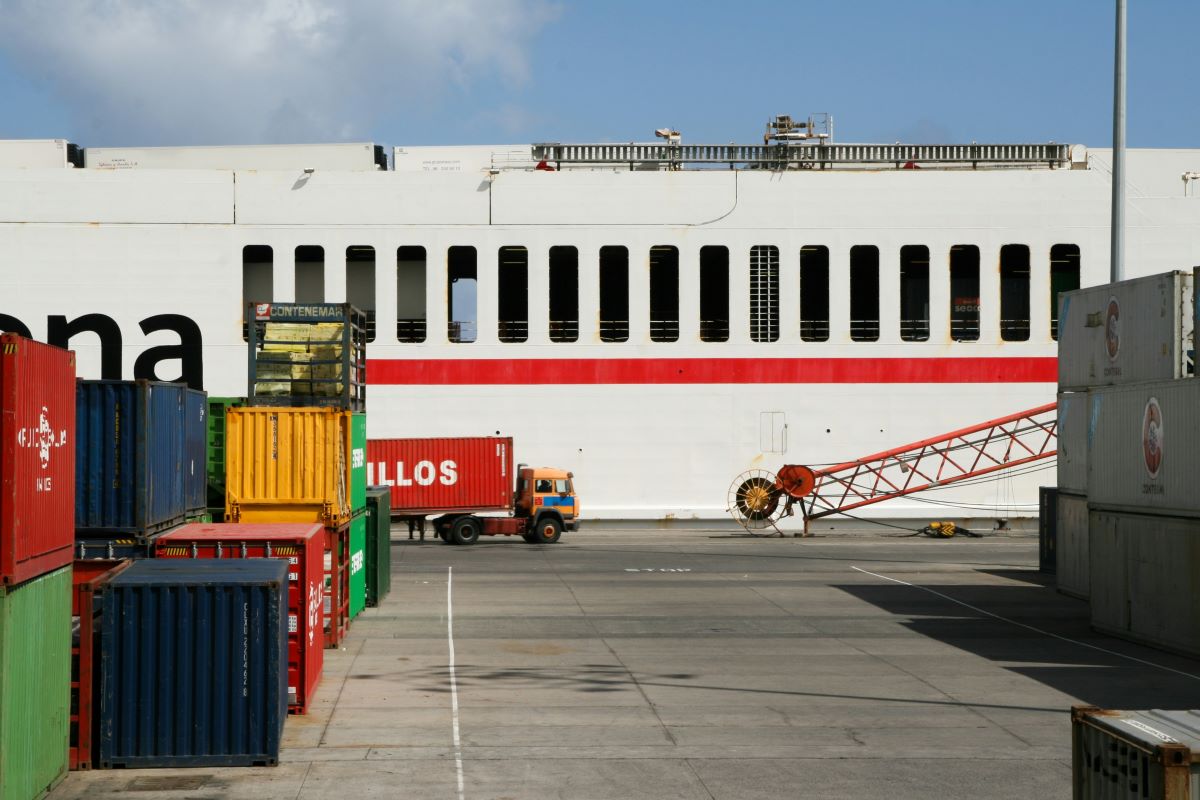
II. Sea Freight: The Foundation of Global Trade
Sea freight remains the backbone of international logistics, handling approximately 80% of global trade volumes.
1. Advantages of Ocean Transport
For large, heavy, or non-urgent cargo, sea freight provides unmatched cost efficiency. Containerization enables secure handling, and global port connectivity ensures accessibility to almost every destination.
2. Integration Within Multimodal Strategies
Freight forwarders increasingly combine sea transport with road or rail services for seamless last-mile delivery. For example, containers arriving at major ports are swiftly transferred to inland hubs via rail or trucking networks, reducing overall transit time.
3. FreeSea’s Approach to Ocean Freight
FreeSea leverages partnerships with major carriers to offer flexible sailing schedules and optimized routing. Combined with customized freight forwarder transportation solutions, clients benefit from predictable pricing and end-to-end visibility.
III. Air Freight: Speed Without Compromise
In industries where timing is critical, air freight provides an essential competitive advantage.
1. Delivering Urgency in Global Trade
For pharmaceuticals, electronics, and perishable goods, speed directly affects profitability. Air transport ensures delivery within days rather than weeks, enabling businesses to respond quickly to market fluctuations.
2. Balancing Cost and Efficiency
Although air freight typically costs more than sea freight, forwarders minimize expenses through multimodal combinations. For instance, goods may move by air to regional hubs and transfer to road or rail networks for distribution.
3. Technology-Driven Optimization
FreeSea integrates digital tools that monitor flight schedules, cargo space availability, and customs clearance requirements. This transparency ensures optimized delivery routes and real-time tracking for clients.
IV. Rail Freight: Sustainable and Reliable
Rail freight has gained prominence as an eco-friendly and efficient option, especially across Eurasian trade corridors.
1. A Green Alternative
With growing sustainability demands, rail transport offers lower carbon emissions compared to both sea and air. As more businesses embrace green initiatives, rail freight becomes a preferred choice for balancing environmental responsibility with speed.
2. Strategic Eurasian Connectivity
The rise of the Belt and Road Initiative has significantly enhanced rail capacity between Asia and Europe. Transit times for rail shipments are faster than sea freight and more cost-effective than air, making it a valuable option in freight forwarder transportation solutions.
3. Integrating Rail Within Multimodal Systems
Rail freight often serves as a mid-mile connector. Containers from coastal ports are efficiently transferred to inland hubs, bridging gaps between sea entry points and regional distribution centers.
V. Road Transport: The Backbone of Last-Mile Delivery
While sea, air, and rail dominate international logistics, road transport remains irreplaceable for localized deliveries.
1. Unmatched Flexibility
Road transport enables freight forwarders to reach destinations beyond rail lines or port infrastructure. Its scalability supports both small and large shipments across diverse geographical terrains.
2. The Role in Integrated Logistics
In multimodal strategies, road transport ensures seamless last-mile connectivity. Goods transported by sea, air, or rail require efficient trucking solutions for final delivery, especially in fragmented retail and e-commerce sectors.
3. FreeSea’s Advanced Road Network
FreeSea partners with reliable trucking operators worldwide, offering optimized delivery routes and flexible capacity management to handle fluctuating demand patterns.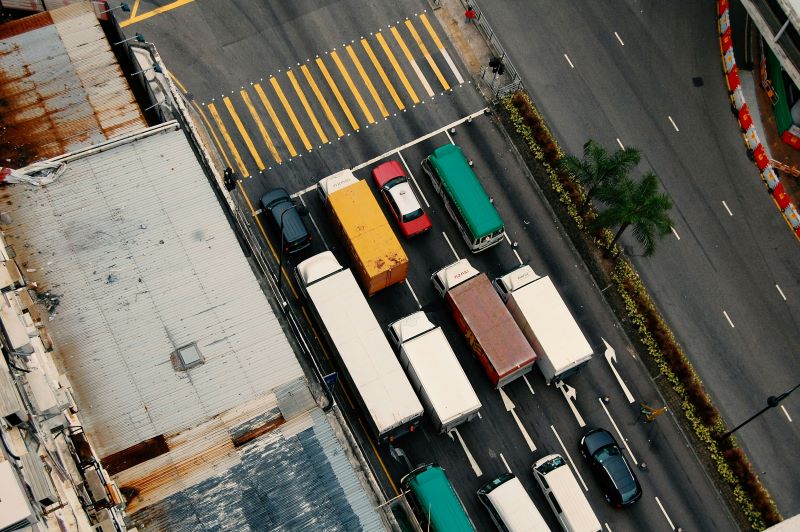
VI. Crafting the Optimal Multimodal Strategy
The best freight forwarder transportation solutions rely on data-driven decision-making, dynamic integration, and predictive analytics.
1. Assessing Cargo Priorities
Shippers must evaluate cargo characteristics such as urgency, weight, volume, and handling requirements. This analysis determines whether goods should move via air, sea, or rail as primary transport modes.
2. Leveraging Predictive Analytics
FreeSea employs advanced analytics to forecast transit delays, optimize carrier selection, and simulate alternative routing scenarios, ensuring efficient multimodal planning.
3. Regulatory Compliance and Customs Expertise
International trade involves diverse regulations and customs procedures. An experienced freight forwarder ensures smooth clearance processes and minimizes costly delays.
VII. The Role of Digitalization in Modern Freight Forwarding
Digital platforms transform multimodal logistics by enabling real-time tracking, automated documentation, and predictive maintenance.
FreeSea’s proprietary system integrates all modes under one dashboard, allowing clients to monitor shipments from origin to destination seamlessly.
Conclusion
In an increasingly interconnected world, businesses cannot afford rigid transportation strategies. Multimodal logistics—integrating sea, air, rail, and road—provides the flexibility, cost control, and speed needed to compete globally.
By combining deep industry expertise with advanced technology, FreeSea delivers optimized freight forwarder transportation solutions tailored to client needs. From securing cost-effective ocean freight to ensuring last-mile precision, FreeSea empowers businesses to navigate complex global supply chains with confidence.


